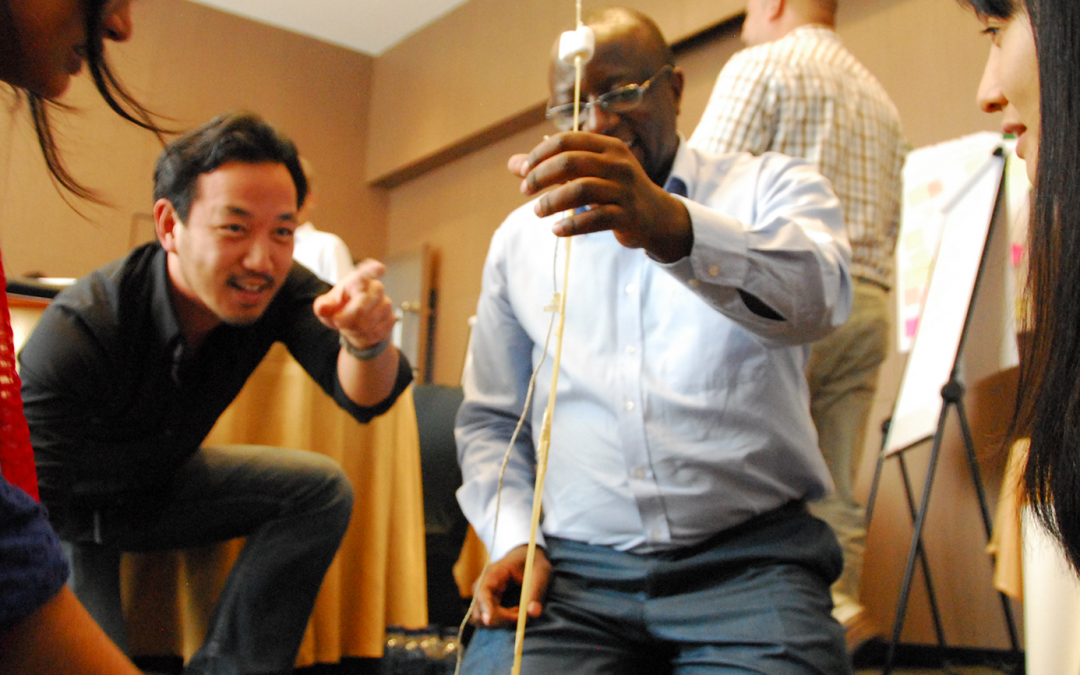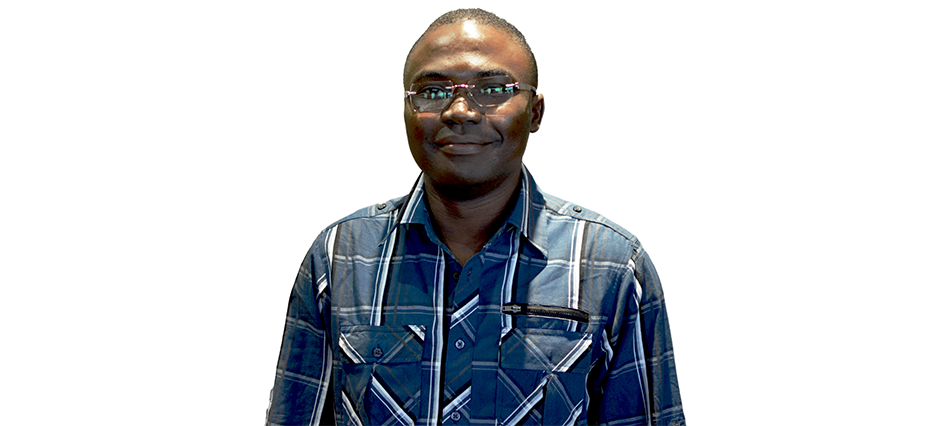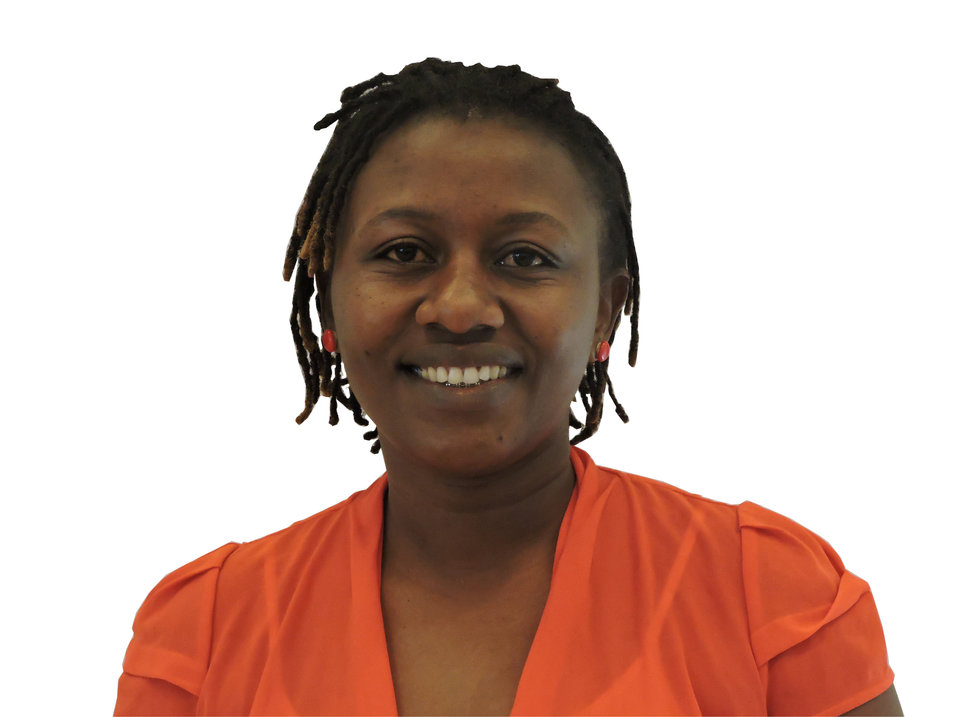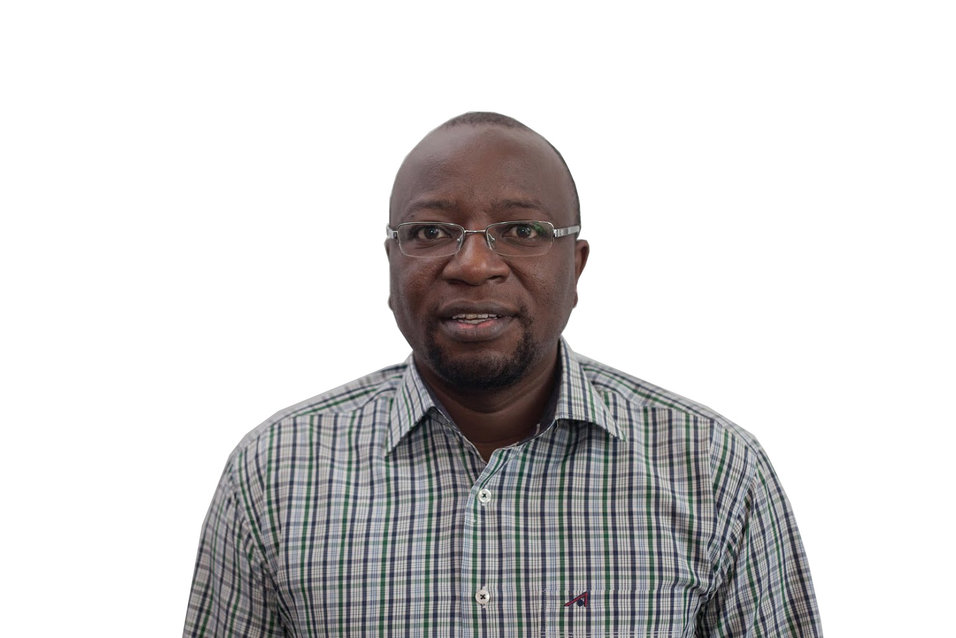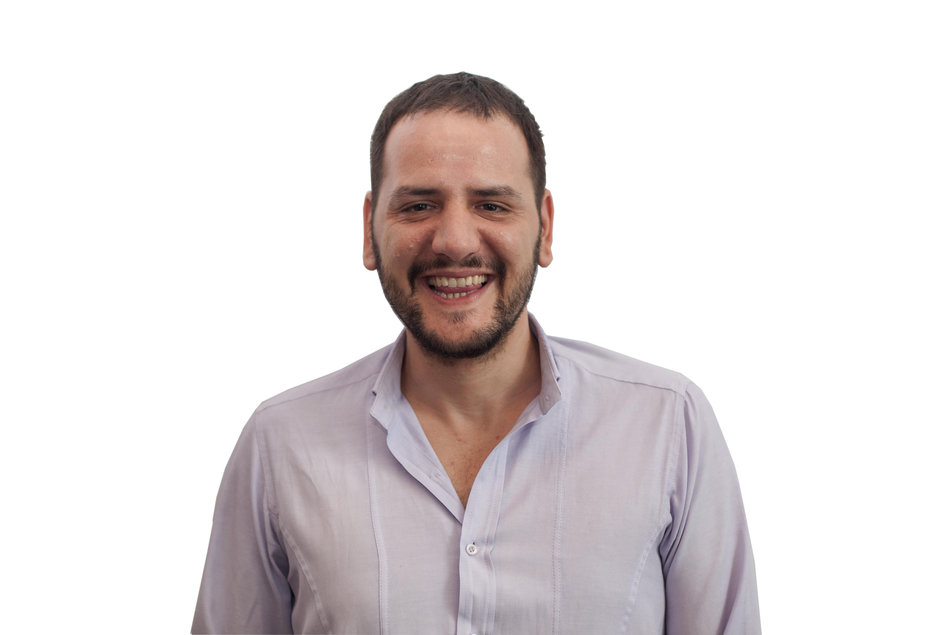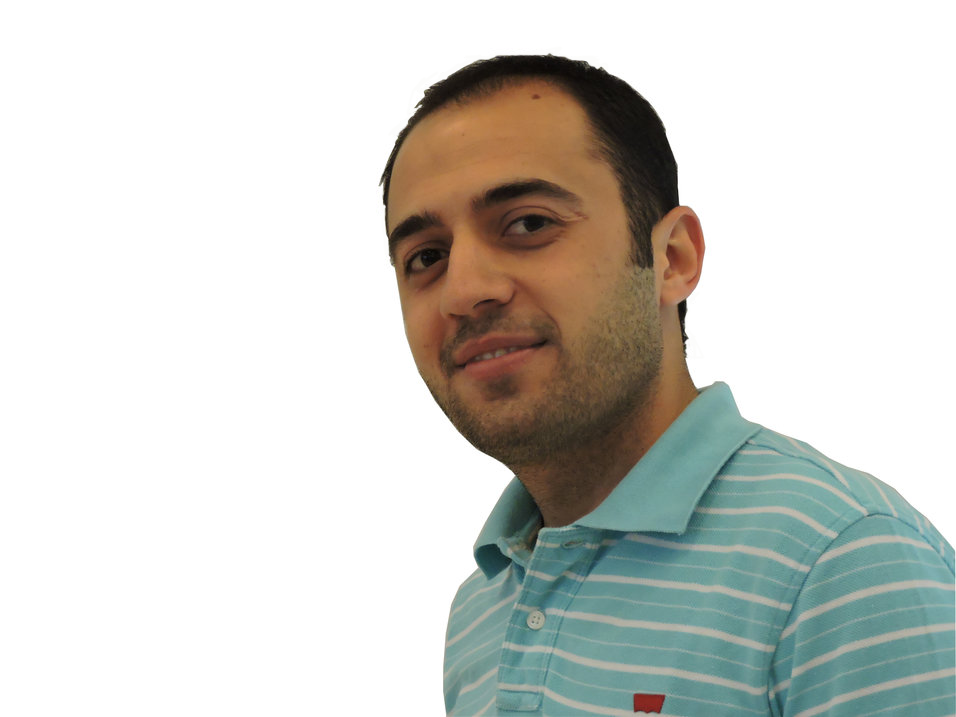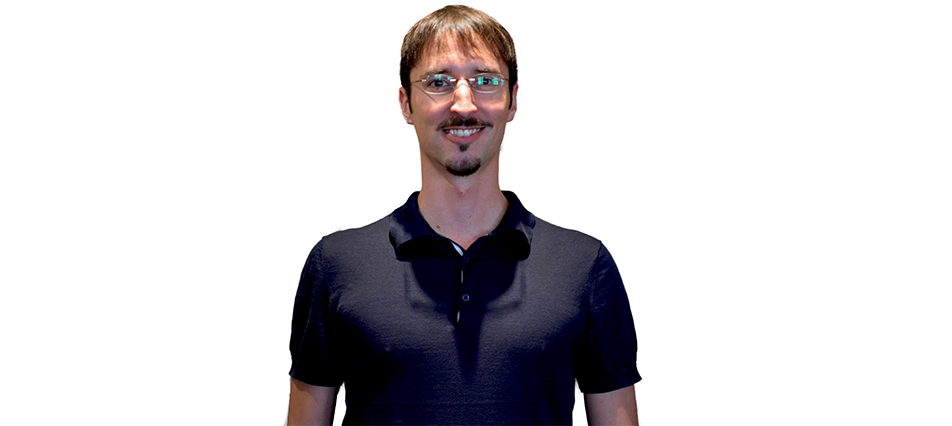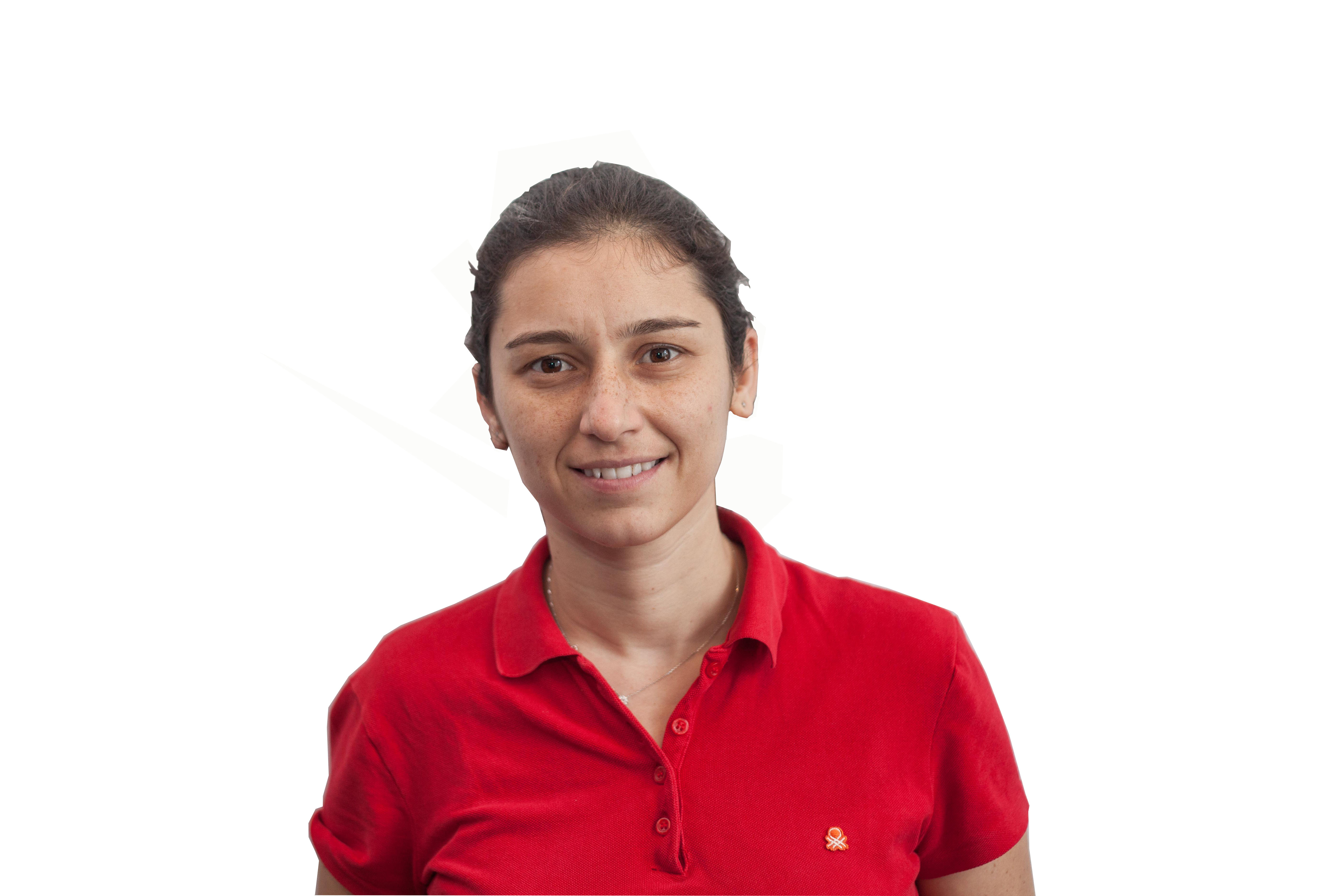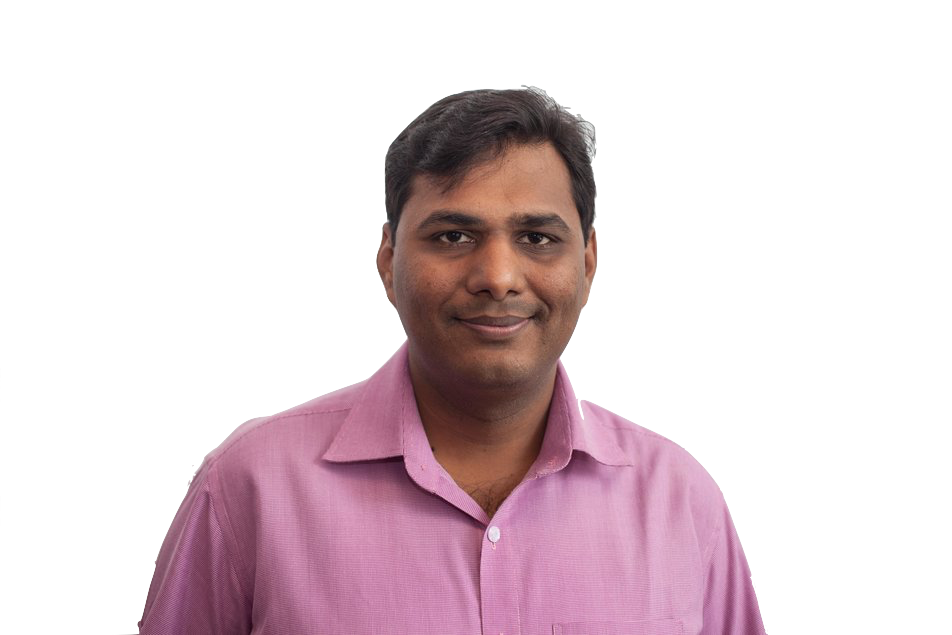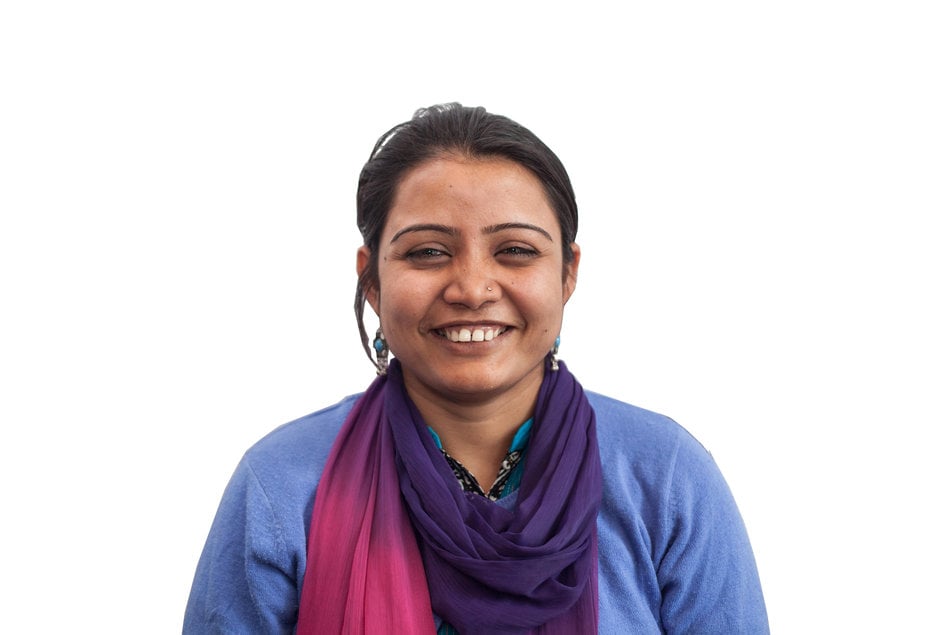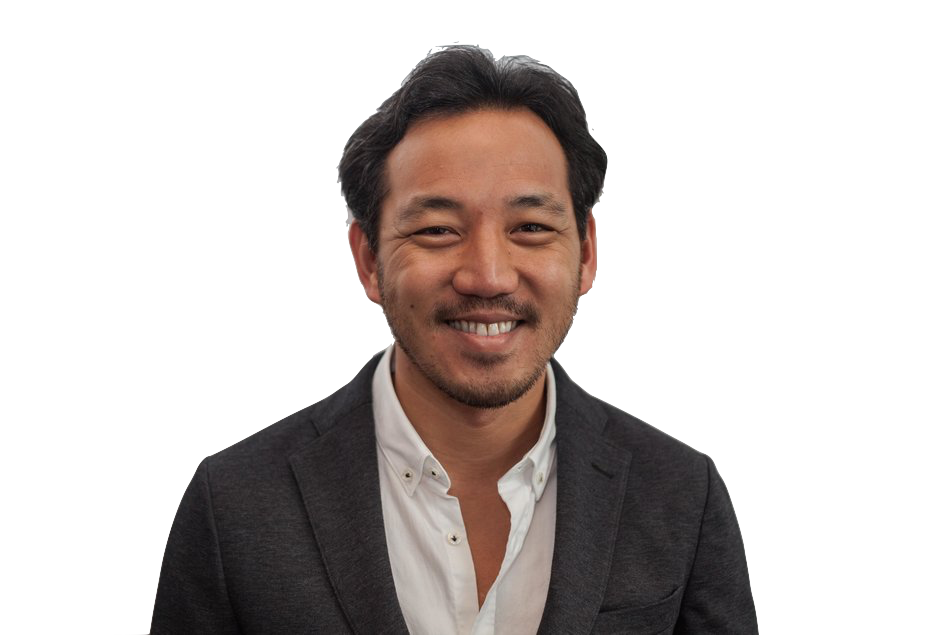Have you heard the phrase, “innovation is just another buzzword in the humanitarian sector”? It’s something that I hear over and over again and a beloved phrase I’m not too fond of personally. It connotes the idea that innovation is just a trendy theme in the humanitarian space and one that has come along only recently.
It’s not that I totally disagree with the statement – but I believe it neglects the creative capacity humanitarians have been showing for decades. The rapid changes in technologies, the way we view partnerships or even human centered design is generally new to most, but innovation itself? I’d have to argue no (and let’s not open the can of worms that is defining innovation concretely).
The idea that innovative concepts have only entered our sector recently is mistaken. Innovation may have fallen victim to the mass adoption of buzzwords, but the substance and potential impact of innovation is still very real (both today and 50 years ago). In reality, organizations like UNHCR have been innovating since their inception.
UNHCR Innovation was launched in 2012 but colleagues and partners in the field have always been discovering creative ways to address refugees’ challenges and finding approaches that allow us to provide even better services to persons of concern.
My point here is, as we continue to pave a more disciplined path for innovation within the humanitarian system, let’s not overlook those that came before us and identified some these practices as being central to our ability to protect the people we serve.
At UNHCR Innovation we recognize that innovation does not rest only within our little office but with our colleagues around the world. We strive to promote and share the innovative work they do on a daily basis and to positively recognize those who are fostering a culture of innovation within their operations.
One of the ways we do this this is through the Innovation Fellowship, run together with UNHCR’s Global Learning Centre. Each year the program takes 20 UNHCR staff/affiliates through a deep dive of the innovation process; including defining a challenge within their operation to prototyping and testing.
Here are a handful of our current Innovation Fellows and the challenges they’re addressing:
1. Anicet
Anicet is an Engineer/Physical Planning and Shelter Officer stationed in Dollo Ado, Ethiopia. He is addressing the challenge of how we can design refugee camps more as a human settlement to enable community building.
He has refined a new camp design that focused on neighbourhoods and villages with a street grid to include key facilities such as schools, water distribution points, markets and health posts. He would like to apply his methodology to other camps managed by UNHCR, notably in Kakuma, Kenya.
You can learn more about how Anicet is rethinking the way refugee communities are laid out here.
2. Caroline
Caroline is a Resettlement Expert stationed in N’Djamena, Chad. Caroline is addressing the challenge of how we can better facilitate child-friendly environments for refugee children.
She believes we should look to build on refugee children’s own resilience by giving them the tools and opportunities to rebuild their own lives and create the protective environment needed for them to do so.
3. David
David is a WASH Officer stationed in Addis Adaba, Ethiopia. He is addressing the challenge of how we can improve the efficiency of biogas cook stoves so that refugees can cook diverse foods.
David wants to find an innovative solution to this problem because he believes an efficient biogas cook stove or burner will encourage families to use biogas as alternative to fuel or wood thus providing much needed domestic energy. This will in turn propel families to participate in sanitation waste management and contribute to the public health and wellness of refugees.
4. Ioannis
Ioannis is an IT Assistant stationed in Athens, Greece. Ioannis is addressing the challenge of how we can better provide opportunities for refugees to learn and use a new language, both in school and in their daily lives.
He’s currently testing and prototyping the use of tablets in reception centres that are loaded with numerous language learning applications. He believes language is an essential tool from the moment a refugee arrives in a host country and a stepping stone to proper integration within a host community.
5. Karam
Karam is an Information Management Associate stationed in Erbil, Iraq. He is addressing the challenge of how we can provide dynamic visualized information on humanitarian operations.
Karam recognizes that the situations of a humanitarian operation is constantly changing and wants to capture this data despite the fast-moving pace of UNHCR’s work. He is interested in finding an innovative solution for this challenge as it would better inform evidence-based plans and solutions for all actors.
6. Markus
Markus is a Senior Protection Assistant stationed in Vienna, Austria. He is addressing the challenge of how we can capitalize on the entrepreneurial abilities of refugees while also satisfying UNHCR’s need for promotional material.
Markus wants to include refugees as part of the UNHCR production process – through which suitable items could be produced and fairly traded. His aim is to find innovative way to empower refugee communities that also promotes livelihoods and self-reliance.
7. Rita
Rita is an Assistant Community Services Officer stationed in Beirut, Lebanon. Rita is addressing the challenge of how to foster positive perceptions of refugees among Lebanese communities.
Rita has held numerous workshops with Syrian refugees and Lebanese communities to facilitate innovative ideas to address this challenge. She has used Legos in her workshops to foster creative ideas including puppet shows and sports activities that engage both Syrian refugees and the local community. Rita has also taught local communities how to facilitate innovative workshops on their own. She explains, “If you want to have an impact on refugee lives and be part of the change, please join us – innovation is the future.”
8. Pintu
Pintu is an Assistant Operations Data Management Officer stationed in Damak, Nepal. Pintu is addressing the challenge on bringing elderly refugees in Nepal closer to their relatives and friends by using modern technology.
After prototyping and testing numerous solutions, Pintu realized that elderly refugees were simply not interested in using smart phones. He has now created a prototype phone design to suit their needs and plans on testing a mass communications center for elderly refugees to more easily understand how to use new technologies.
9. Salina
Salina is a Health Associate stationed in Damak, Nepal. She is addressing the challenge of how we can strengthen night-time emergency services for refugees from Bhutan in Nepal.
Salina is working to find innovative ways to enhance the capacity of night-time medical staff so regardless of the time of day; the health centre is able to provide refugees with a higher quality of care within their own camp environment.
10. Sam
Sam is a Senior Protection Officer stationed in Beirut, Lebanon. He is addressing the challenge of how we can help refugees find the most affordable, yet adequate, low-cost housing.
Given the scale of the refugee influx in Lebanon the existing housing supply has saturated. Sam is working on developing a market-based solution to accommodate the housing needs of refugees once they arrive in Lebanon. He is also exploring whether public-private sector partnerships might be able to help meet the shelter needs of refugees in the Syria crisis. You can learn more about his recent trip to San Francisco to explore these partnerships and his prototyping experience here.
11. Daniel
Daniel is a Regional Resettlement Officer stationed in Dakar, Senegal. He is addressing the challenge of how we can better track displacement during the onset of an emergency.
Daniel is analysing data from past Call Data Records (CDRs) from cell phone towers to determine displacement and the movement of refugees and internally displaced persons. Daniel is hoping to use CDRs to eventually estimate the number of conflict-induced displaced persons and their geo-spatial movement patterns in remote and insecure areas of West Africa during the onset of an emergency.
We’re currently accepting applications for the 2016 Innovation Fellowship. The Fellowship is only open to members of the UNHCR staff and affiliate workforce. The deadline for applications is Saturday, 7 November 2015 and the application form can be found here.
Nominations may also be submitted by any UNHCR staff or affiliate. Please note that nomination does not indicate automatic selection, and that nominees will be contacted for further information. Candidates must be nominated through an online form on Learn & Connect here.
We’re always looking for great stories, ideas, and opinions on innovations that are led by or create impact for refugees. If you have one to share with us send us an email at [email protected]
If you’d like to repost this article on your website, please see our reposting policy.

